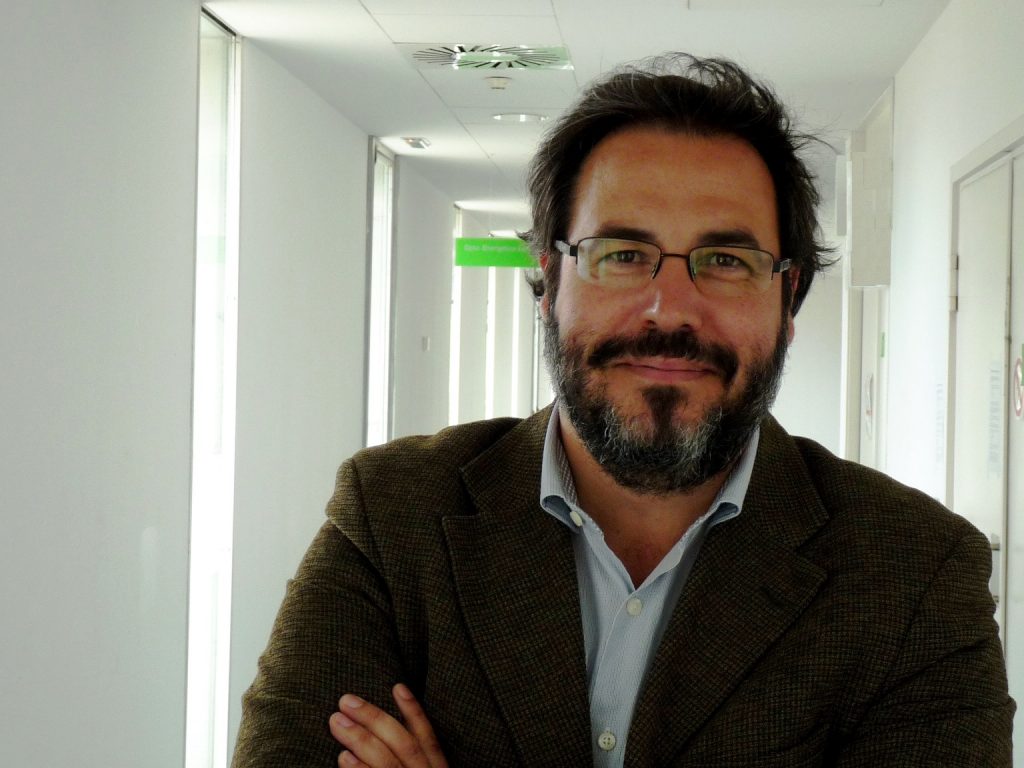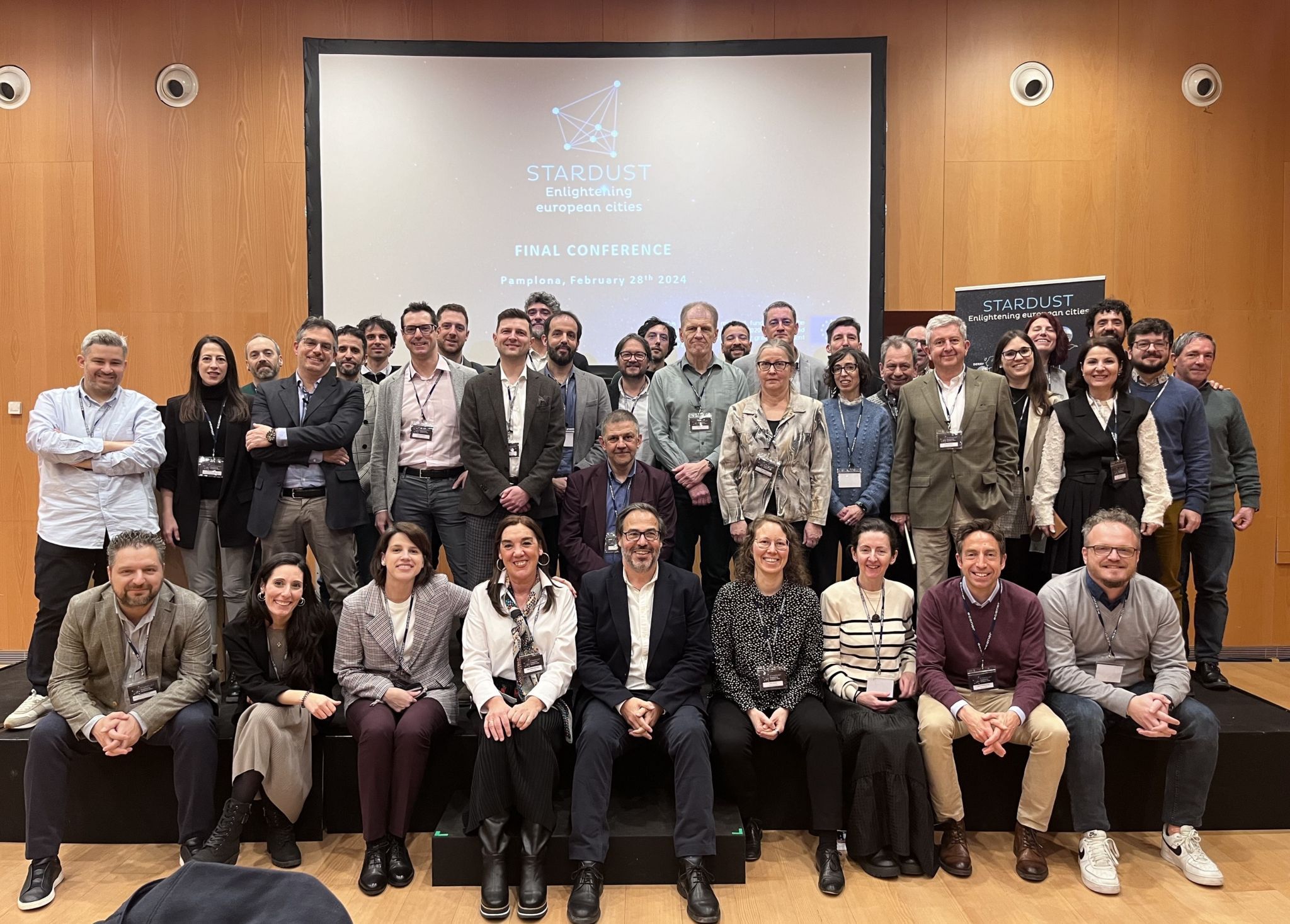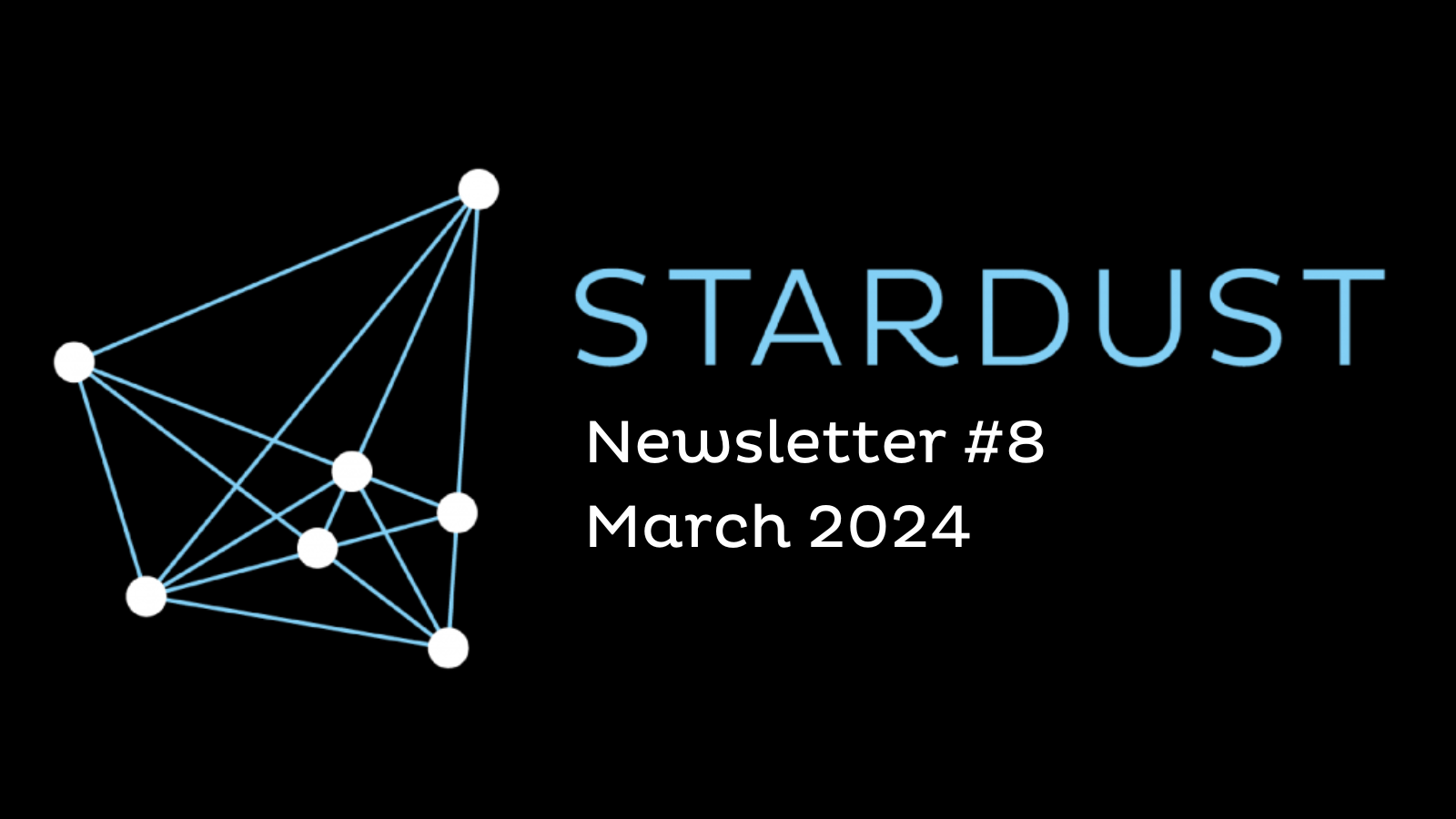Pollution, inefficient use of resources, congested traffic and so on. Current urban environmental scenarios do not look promising…
FM: Yes, that is the case, unfortunately, and this is why actions like STARDUST are needed. Just think of the high energy consumption experienced in our cities. That is a major challenge, which needs to be embraced quickly. That is why STARDUST will demonstrate the technical and economic feasibility of several smart solutions boosting the share of renewable energy. These will improve the global energy efficiency, and lead to a relevant reduction of the consumption of conventional energy and hence of GEI emissions in cities.
Another tangible fall out of fast paced urbanisation is air pollution.
FM: Absolutely, and that is why STARDUST is also targeting a significant improvement of local air quality. Our recipe for that is de-carbonisation of the mobility system at urban scale and the demonstration of smart solutions for e-mobility.
Any examples of the solutions for e-mobility implemented by STARDUST?
FM: I actually have many! We will involve public and private e-car fleets, electric and autonomous public buses, electric bicycles, and adopt last mile logistics approaches. We foresee that by the end of STARDUST almost 800 new e-vehicles will be operating in the lighthouse cities, preventing a huge amount of NOx, which are polluting particles, and CO2 to be released in the environment.
STARDUST’s solutions cover a great deal of sectors. How can you actually measure the effectiveness of such diverse actions?
FM: By designing and deploying an open information platform across cities. This is an ICT infrastructure that receives, organises and makes available different data sets from project fields such as building, energy and mobility. There will be one platform per lighthouse city and data will be available to local industries, entrepreneurs, SMEs, and other third parties, thus establishing a favourable environment for the creation of innovative companies.
Do you think that the recent debate on Open Data and Privacy affects the public’s perception regarding this action?
FM: All aspects related to personal data in STARDUST are carefully considered. Data will be duly managed to avoid any conflict with the citizens’ privacy. For example, the data sets related to energy consumptions in buildings will never link to personal data. All data will be acquired with the citizens’ authorisation and will be made available in an aggregated and anonymous way. Citizens will be duly informed about this to avoid negative perceptions.
But is the demonstration of solutions enough to transform our cities?
FM: No, the simple addition of advanced technology and ICT devices doesn’t convert a city into a smart city. When we talk about cities, we are talking about people. If the challenge is to transform the cities, we necessarily need to modify habits. This is why STARDUST invites citizens to play an active role in the transformation of their cities into smart cities.
And how is this going to be done?
FM: Consensus and active engagement of citizens require a strong communication between the project and the citizens themselves. To reach acceptance, STARDUST is designing citizen-oriented initiatives. These include information activities, such as off-line media and advertising campaigns, hot-spots, which are intensive and time-localised engagement activities such as contests and surveys, as well as some gaming tools addressing the younger population.
We have mentioned the solutions’ technical development and citizens’ resilience to behavioural changes. Are these the only barriers to overcome for STARDUST?
FM: These are two very important barriers, and unfortunately are not the only ones. In fact, economic aspects must be taken into account as well. STARDUST’s smart solutions must be cost effective and their implementation profitable for the market. Those which fail in providing a reasonable economic and commercial return won’t be understood as a successful implementation, regardless of their energy or technical performance.
That is for sure not an easy thing to achieve.
FM: Yes, it is challenging, but we have the tools to succeed. STARDUST will promote the implementation of smart ecosystems in the lighthouse and follower cities, which will work together to identify new business models, based on eco-innovation, competiveness, low carbon, circular economy, as well as on the creation of new markets. These will modernise the obsolete economic approach making massive use of fossil fuels and high energy intensity. We also plan to establish strategic Public-Private Partnerships among cities, industry, innovative SMEs, entrepreneurs, and other stakeholders. The goal is to create a favourable environment to enhance cross-sectorial cooperation and the local innovation potential, to integrate local solutions in global markets.
And more specifically, what type of innovative business models does STARDUST plan to apply to boost the economic status of its cities?
FM: There are several promising models to consider. We are particularly interested in those defining a new value chain in the energy supply process, alternative to the traditional scheme of producer – distributor – consumer. This concept is based on distributed generation and use of renewable and local resources. In particular, citizens will be transformed from consumers to prosumers, which will result in the reduction of energy bills for end users. In this respect, the agreement reached on June 14th by the European Commission and the Council on further development of renewable energy in the EU, which underlines the need for the establishment of a clear and stable regulatory framework on self-consumption, is big step forward.
The mission of STARDUST is ambitious, but necessary. Are you the only project pursuing it?
FM: No, we are actually in good company! The lighthouse projects community is getting bigger and bigger. There are twelve ongoing projects, and despite the many peculiarities that each project has, and in some way make it unique, our main objectives are very similar, and challenges are often common. For this reason, knowledge transfer among projects, and mainly from older ones to the newcomers, is very useful.


